A topical post based on recent experience, unfortunately.
Poison ivy, poison oak, and poison sumac are common plants in the genus Rhus, found throughout the United States and in Africa, often near hiking trails. Four in five people are allergic to urushiol, a compound found in the plant’s sap that causes a itchy and painful allergic rash on the body in any spot that it comes into contact with. The rash typically shows up within 8-72 hours after exposure, however, those who are highly allergic may show signs within 4 hours. The rash may continue to appear and spread for up to 21 days and will only appear in places where urushiol made contact.
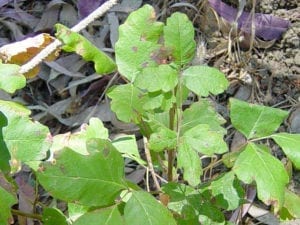
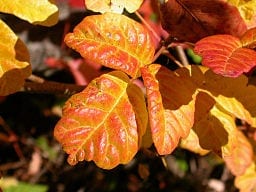
You cannot spread the rash by scratching or making contact with the blister fluid. However, you should avoid scratching to prevent scarring and infection. Keep the open areas clean and dry.
Common symptoms: Itching, red streaks or general redness, small bumps or raised patches of skin, blisters with or without fluid, blood blisters.
What to do if you think you have come into contact with poison oak, poison ivy, or poison sumac:
Step 1: As quickly as possible, wash your hands, under your fingernails, and the areas (or entire body if possible) with regular soap or Tecnu if you have it. If that is not feasible, you can wipe the infected areas with rubbing alcohol. Remove and contaminated clothing and wash separately with hot water and plenty of soap. Wipe down or wash anything that may have come into contact with the urushiol, like shoes, camping gear, car seats, chairs, bedding, pets, friends or gardening tools.
Step 2: Schedule an appointment with your primary care doctor or dermatologist. Mild cases of poison ivy may be treated at home with cold compresses, astringents, non-prescription antihistamine medication to reduce itching, and calamine lotion. Moderate to severe cases, if your at-home protocol does not help, should be handled by a physician. If you have inhaled urushiol by burning poison oak, if it has come into contact with highly sensitive areas or inside your mouth, or if the rash is spreading into your eyes or genital areas, seek medical attention immediately.
Medical treatments for more serious cases can include stronger antihistamines, topical corticosteroids, and even oral corticosteroids. But steroids can have adverse effects so it's important to use them only under the close supervision of your doctor, and only if absolutely necessary.
Rhus dermatitis, even with medical treatment, often lasts longer than one would like. Having a doctor on your team will help you determine if things are improving at a normal rate, or if additional actions or stronger treatments need to be employed. Most importantly: do not panic.



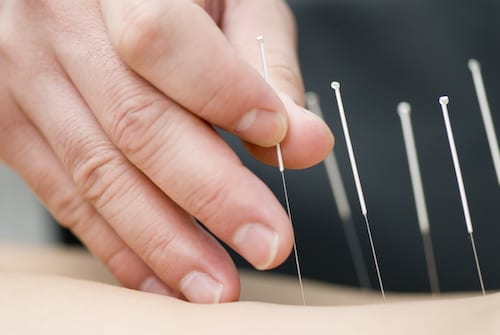


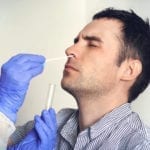


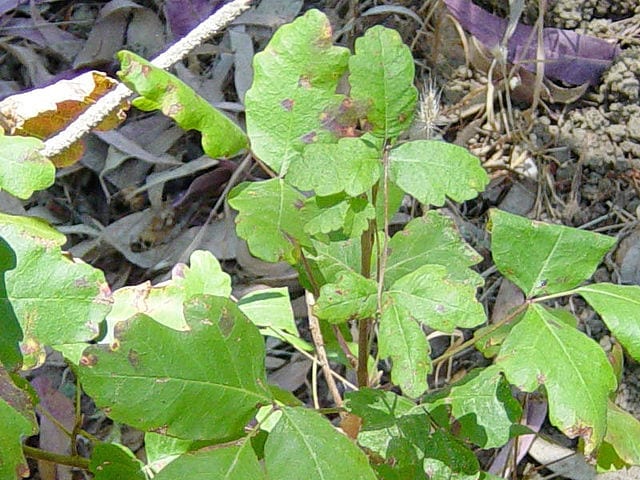
Comments 13
Great information, Lauren. Sorry you had to go through it, but thank you for sharing this!
I’ve found that mud mask takes down the swelling and reduces the itching way better than topical hydrocortisone. Your mileage may vary of course nut it’s now my first go-to when I get poison oak exposure after clearing brush.
Thanks, Stephen! Is there a certain type/brand of mud mask that you’ve found works best?
Great information, Lauren. Sorry you had to go through it, but thank you for sharing this!
I’ve found that mud mask takes down the swelling and reduces the itching way better than topical hydrocortisone. Your mileage may vary of course nut it’s now my first go-to when I get poison oak exposure after clearing brush.
Thanks, Stephen! Is there a certain type/brand of mud mask that you’ve found works best?
In ten years as a Forest Service firefighter and EMT, I’ve seen many miserable cases of poison oak exposure. Patients suffering from the condition are usually exposed to the oils day after day for weeks at a time and have little or no opportunity to shower or change clothes, resulting in repeated contact. Smoke inhalation is also a common occurrence. This leads me to two questions. Are there any known preventative measures? Are there any over the counter mess that can be used to treat this in the field?
In ten years as a Forest Service firefighter and EMT, I’ve seen many miserable cases of poison oak exposure. Patients suffering from the condition are usually exposed to the oils day after day for weeks at a time and have little or no opportunity to shower or change clothes, resulting in repeated contact. Smoke inhalation is also a common occurrence. This leads me to two questions. Are there any known preventative measures? Are there any over the counter mess that can be used to treat this in the field?
If you can use a hazmat suit that you can remove each time and dispose after each use.
If you can use a hazmat suit that you can remove each time and dispose after each use.
Hurrah, that’s what I was exploring for, what a information! present here at this webpage, thanks admin of this web page.
Hurrah, that’s what I was exploring for, what a information! present here at this webpage, thanks admin of this web page.
My husband and I went hiking in the winter woods last week. We contacted poison ivy and we are now very uncomfortable. Thank you for mentioning if the rash begins to spread to the eyes, then it is important to contact a doctor. His is too close for comfort, so we will be contacting a dermatologist as soon as we can.